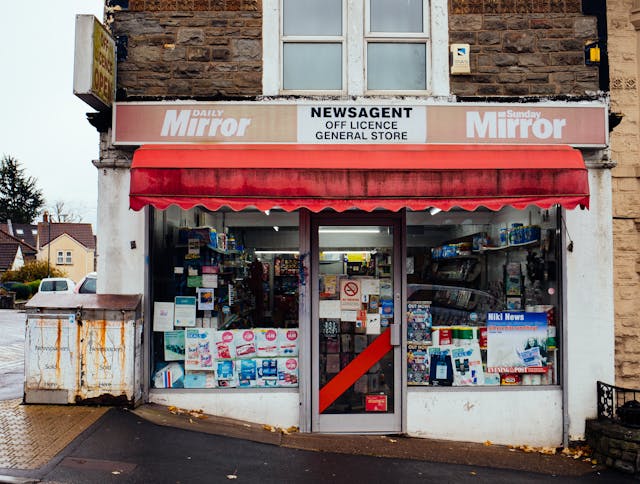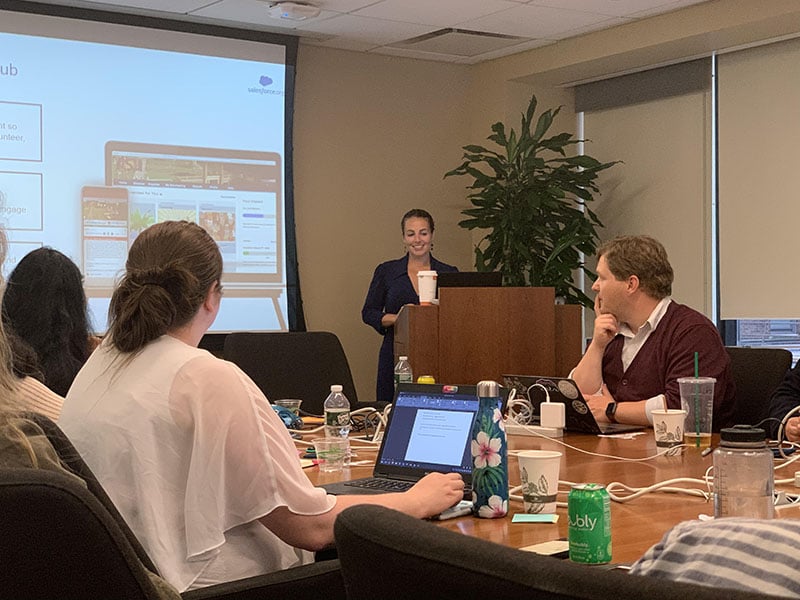Managing human resources (HR) is one of the most critical aspects of running a successful business. From recruiting and onboarding to payroll and employee development, HR services play a vital role in ensuring a productive and engaged workforce. Whether you’re a startup or an established enterprise, partnering with an HR service provider can help you optimize workforce management and compliance.
What Are HR Services?
HR services encompass a wide range of functions aimed at managing a company’s human capital effectively. These services can be delivered through internal HR departments or outsourced to specialized agencies. Common offerings include:
- Recruitment and talent acquisition
- Employee training and development
- Payroll and benefits management
- Compliance with labor laws
- Performance management
HR services allow businesses to delegate administrative tasks and focus on strategic activities like innovation and expansion.
Types of HR Services
- Recruitment Services:Help businesses find and hire the right candidates efficiently.
- Payroll Services:Ensure timely and accurate processing of employee payments and tax deductions.
- Training and Development:Equip employees with the necessary skills through structured training programs.
- Employee Relations:Manage conflicts, grievances, and performance reviews.
- Compliance Services:Ensure the business adheres to labor laws, safety regulations, and workplace policies.
Benefits of HR Services
- Time Savings:Outsourcing HR functions allows businesses to focus on core operations.
- Cost Efficiency:Avoid the overhead costs of maintaining an in-house HR department.
- Enhanced Employee Experience:HR service providers offer expertise in employee engagement and satisfaction.
- Risk Mitigation:Stay compliant with legal requirements to reduce risks related to labor law violations.
How HR Services Improve Business Performance
- Better Hiring Decisions:With access to recruitment experts, businesses can hire talent faster and more effectively.
- Improved Employee Retention:Training, development, and competitive benefits contribute to a motivated workforce.
- Streamlined Processes:Automating payroll and administrative tasks leads to efficiency gains.
- Compliance and Risk Management:HR service providers ensure that businesses stay compliant with labor regulations.
Choosing the Right HR Service Provider
- Look for providers with a proven track record in your industry.
- Evaluate their technological capabilities, especially for payroll and HR software.
- Ensure they offer customizable services to fit your company’s unique needs.
Conclusion
HR services provide essential support for businesses by improving recruitment processes, employee satisfaction, and legal compliance. By outsourcing HR tasks, companies can save time and resources while building a strong and motivated workforce.











